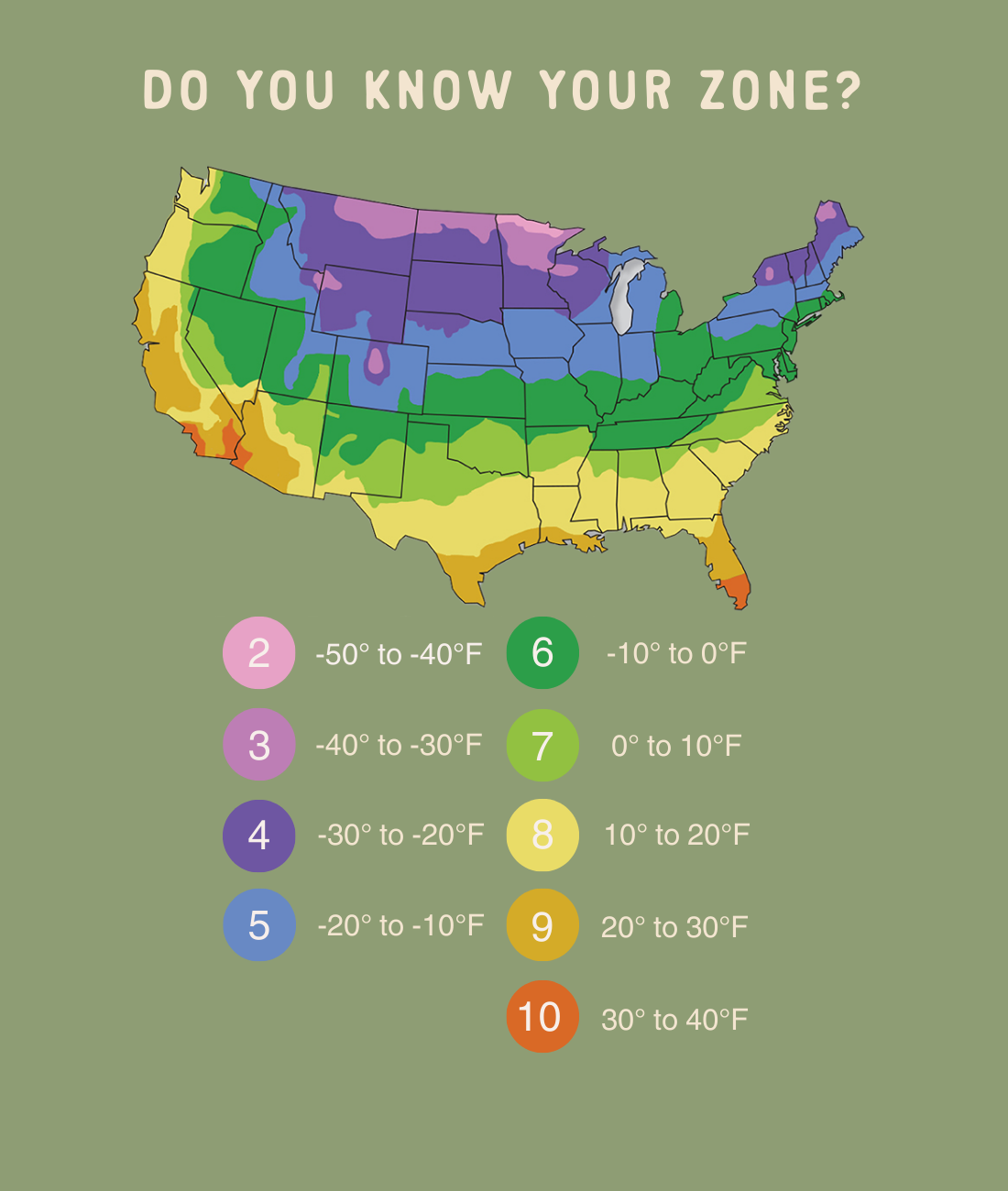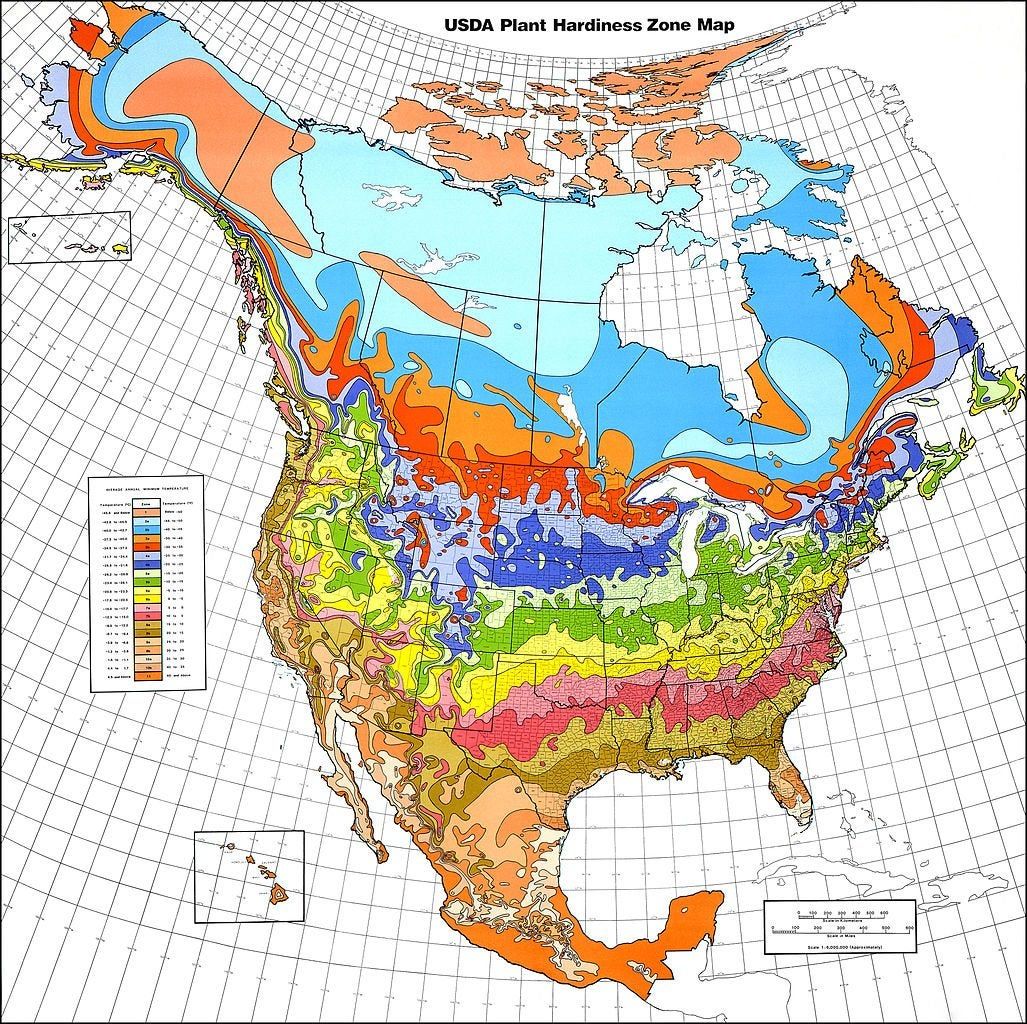“`html
Understanding plant Zones in the United States
Understanding Plant Zones in the United States
The United States, with its vast geographical expanse, experiences a wide range of climates. This diversity is crucial for gardeners and landscapers, as it dictates what plants can thrive in specific areas. To navigate this, the USDA Plant Hardiness Zone Map was developed, providing a standardized system for understanding regional climate differences. This article delves into the intricacies of plant zones in the US, exploring their significance, how they are determined, and how to effectively use them for successful gardening.
The USDA Plant Hardiness Zone Map: A Foundation for Gardening
:max_bytes(150000):strip_icc()/ms-usda-gardening-zone-3a925f9738ce4122b56cde38d3839919.jpg)
The USDA Plant Hardiness Zone Map, developed by the United States Department of Agriculture, divides the country into zones based on the average annual extreme minimum winter temperature. This map is a fundamental tool for gardeners, nurseries, and landscapers, as it helps determine which plants are most likely to survive the winter in a given area. The map is regularly updated to reflect changes in climate and improved data collection.
Historical Context and Evolution
The first version of the USDA Plant Hardiness Zone Map was published in 1960. It was based on temperature data from weather stations across the US. Over the years, the map has been revised and updated, most recently in 2023. These updates incorporate more sophisticated climate data and modeling, providing a more accurate representation of regional variations. The 2023 update was notably based on 30-year averages of extreme minimum temperatures, using data from 1991-2020.
Understanding the Zones
The map divides the US into 13 primary zones, numbered 1 through 13. Each zone represents a 10°F (5.6°C) difference in the average annual extreme minimum winter temperature. Each primary zone is further divided into “a” and “b” subzones, representing a 5°F (2.8°C) difference. For example, zone 6a has a slightly colder average minimum temperature than zone 6b.
Key Zones and Their Characteristics
Zone 1: The Arctic Frontier
Zone 1, encompassing parts of Alaska, represents the coldest regions of the US. These areas experience extremely low temperatures, often dropping well below -50°F (-45.6°C). Only the hardiest plants, such as certain alpine species and arctic tundra vegetation, can survive in these conditions.
Zone 2: Subarctic Challenges

Zone 2, also primarily in Alaska, experiences severe winters with average minimum temperatures ranging from -50°F to -40°F (-45.6°C to -40°C). Short growing seasons and harsh conditions limit the types of plants that can thrive.
Zone 3: Northern Resilience
Zone 3, covering parts of the northern US and Alaska, features average minimum temperatures between -40°F and -30°F (-40°C to -34.4°C). Plants that survive here must be extremely cold-hardy and adapted to short growing seasons.
Zone 4: Cold Winters and Short Summers
Zone 4, found in the northern tier of states, experiences average minimum temperatures from -30°F to -20°F (-34.4°C to -28.9°C). This zone is characterized by cold winters and relatively short summers, requiring plants that can withstand frost and a brief growing season.
Zone 5: Temperate Transitions
Zone 5, covering a large portion of the Midwest and Northeast, has average minimum temperatures between -20°F and -10°F (-28.9°C to -23.3°C). This zone offers a wider range of plant options, but winter hardiness remains a crucial consideration.
Zone 6: Moderate Climates

Zone 6, spanning a significant portion of the central US, features average minimum temperatures from -10°F to 0°F (-23.3°C to -17.8°C). This zone provides a good balance of cold winters and warm summers, allowing for a diverse range of plants.
Zone 7: Mild Winters and Warm Summers
Zone 7, extending across the mid-Atlantic and parts of the South, experiences average minimum temperatures from 0°F to 10°F (-17.8°C to -12.2°C). This zone offers a longer growing season and milder winters, allowing for more variety in plant selection.
Zone 8: Subtropical Influences
Zone 8, found in the southern US, has average minimum temperatures between 10°F and 20°F (-12.2°C to -6.7°C). This zone is characterized by mild winters and hot, humid summers, supporting a wide range of subtropical plants.
Zone 9: Warm and Humid Conditions
Zone 9, primarily in the southern coastal regions, experiences average minimum temperatures from 20°F to 30°F (-6.7°C to -1.1°C). This zone features warm, humid conditions year-round, allowing for the cultivation of many tropical and subtropical plants.
Zone 10: Tropical Transitions
Zone 10, including parts of Florida, southern California, and Hawaii, has average minimum temperatures between 30°F and 40°F (-1.1°C to 4.4°C). This zone supports a wide range of tropical and subtropical plants, with minimal frost risk.
Zone 11: Tropical Climates
Zone 11, primarily in Hawaii and parts of southern Florida, experiences average minimum temperatures from 40°F to 50°F (4.4°C to 10°C). This zone has a true tropical climate, with consistently warm temperatures and high humidity.
Zone 12 & 13: Tropical Extremes
Zones 12 and 13 are located in extreme tropical areas, primarily in Hawaii and US territories. These zones experience consistently warm temperatures above 50°F (10°C) and support the most sensitive tropical plants.
Beyond Hardiness Zones: Microclimates and Other Factors
While the USDA Plant Hardiness Zone Map is a valuable tool, it’s essential to remember that it’s just one factor to consider. Microclimates, soil conditions, and other environmental factors can significantly impact plant growth and survival.
Microclimates
Microclimates are small areas within a larger zone that have slightly different climate conditions. For example, a south-facing wall may create a warmer microclimate, while a shaded area under a tree may be cooler. Understanding microclimates in your garden can help you select plants that are better suited to specific locations.
Soil Conditions
Soil type, pH, and drainage are critical factors in plant growth. Different plants have different soil requirements. Conducting a soil test can help you determine the best soil amendments for your garden.
Other Environmental Factors
Other environmental factors, such as wind, sunlight, and humidity, can also impact plant growth. Consider these factors when selecting plants for your garden.
Using Plant Zones Effectively
Selecting the Right Plants
When selecting plants, always check the plant tag or seed packet for the recommended hardiness zone. Choose plants that are rated for your specific zone or a zone colder than yours. This ensures that the plants are likely to survive the winter in your area.
Extending the Growing Season
Even if you live in a colder zone, you can extend your growing season by using techniques such as starting seeds indoors, using cold frames or greenhouses, and applying mulch to protect plants from frost.
Adapting to Climate Change
Climate change is causing shifts in temperature patterns, which can affect plant hardiness zones. Pay attention to local weather patterns and consider selecting plants that are more adaptable to changing conditions.
Conclusion
The USDA Plant Hardiness Zone Map is an indispensable tool for gardeners and landscapers in the United States. By understanding the zones and considering other environmental factors, you can select the right plants for your area and create a thriving garden. Remember that gardening is an ongoing learning process, and adapting to changing conditions is key to success. With careful planning and attention to detail, you can cultivate a beautiful and productive garden, no matter where you live.
“`
